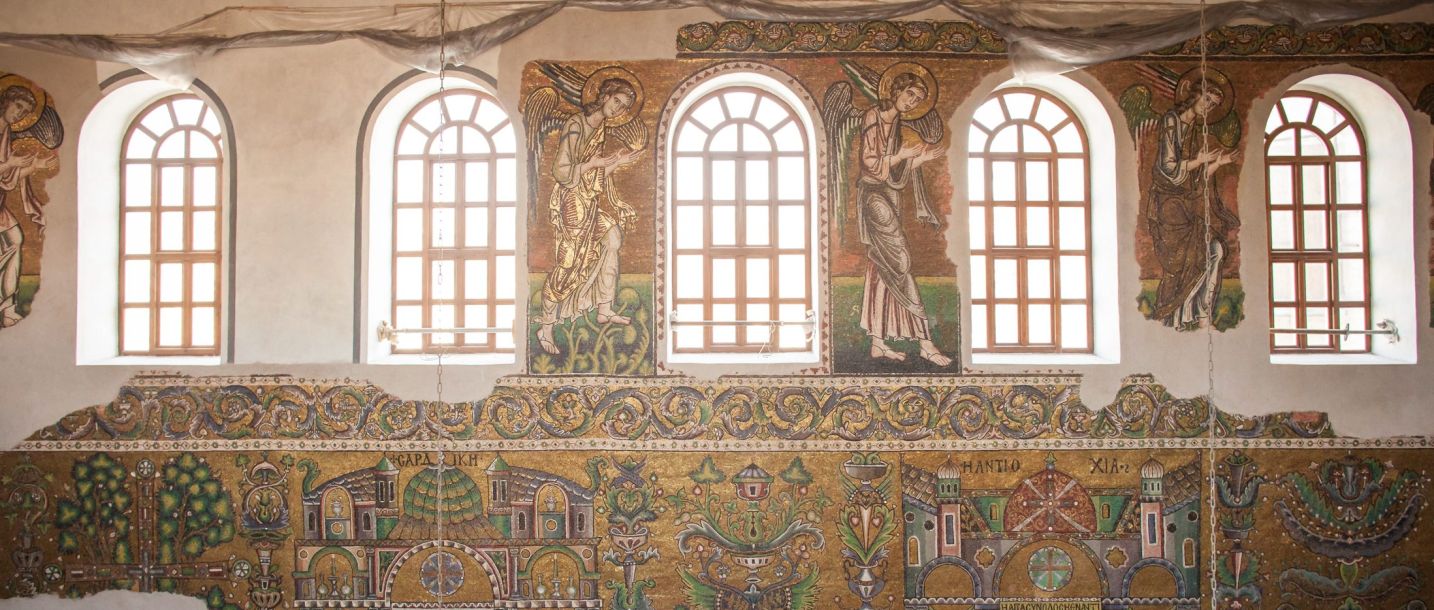The Church of the Nativity was established in what is now the West Bank town of Bethlehem in the year 333 C.E. by Emperor Constantine.
It has been nearly 1,500 years since Bethlehem’s Church of the Nativity was built. Thorough preservation and renovation work that has done there over the past several months, which revealed some of the building’s foundations, were the first major renovations at the site in more than five centuries. Those carrying out the renovations at the church, which Christian tradition holds is the site of the birthplace of Jesus, not only had to overcome challenges involving engineering and historic preservation, but also limitations imposed by Israeli security forces.
In addition to the restoration’s significance in terms of religion, history, art and tourism, it also has a symbolic meaning related to the ties among the country’s Christian denominations. The three denominations, which in the past had experienced bitter and sometime violent disputes, are now in a honeymoon period of sorts.
“In carrying out this renovation work, the restoration and renovation of the Church of the Nativity, there is the symbolic value of unity and the restoration of relations between us and among our communities. By virtue of this work, following the renovation of the Church of the Holy Sepulchre in Jerusalem, we are working to cultivate brotherly relations among our communities, restoring the sense of mutual trust, and restoring cooperation among us,” said The Custos, the Vatican’s guardian of the holy places, Father Francesco Patton.
The Church of the Nativity was established in what is now the West Bank town of Bethlehem in the year 333 C.E. by Emperor Constantine, but that structure was destroyed in the Samaritan revolt in the 6th century and rebuilt in 560. From the period of the Crusades until 1492, the church underwent comprehensive renovation a number of times.
Since then, however, there have been only a few minor repairs. The Ottoman Turkish authorities constructed large support structures for the church after an earthquake threatened to bring down one of its exterior walls, and the British added wooden beams to support the walls. But in recent centuries, the church hasn’t undergone a thorough renovation.
Read the complete article on haaretz.com


